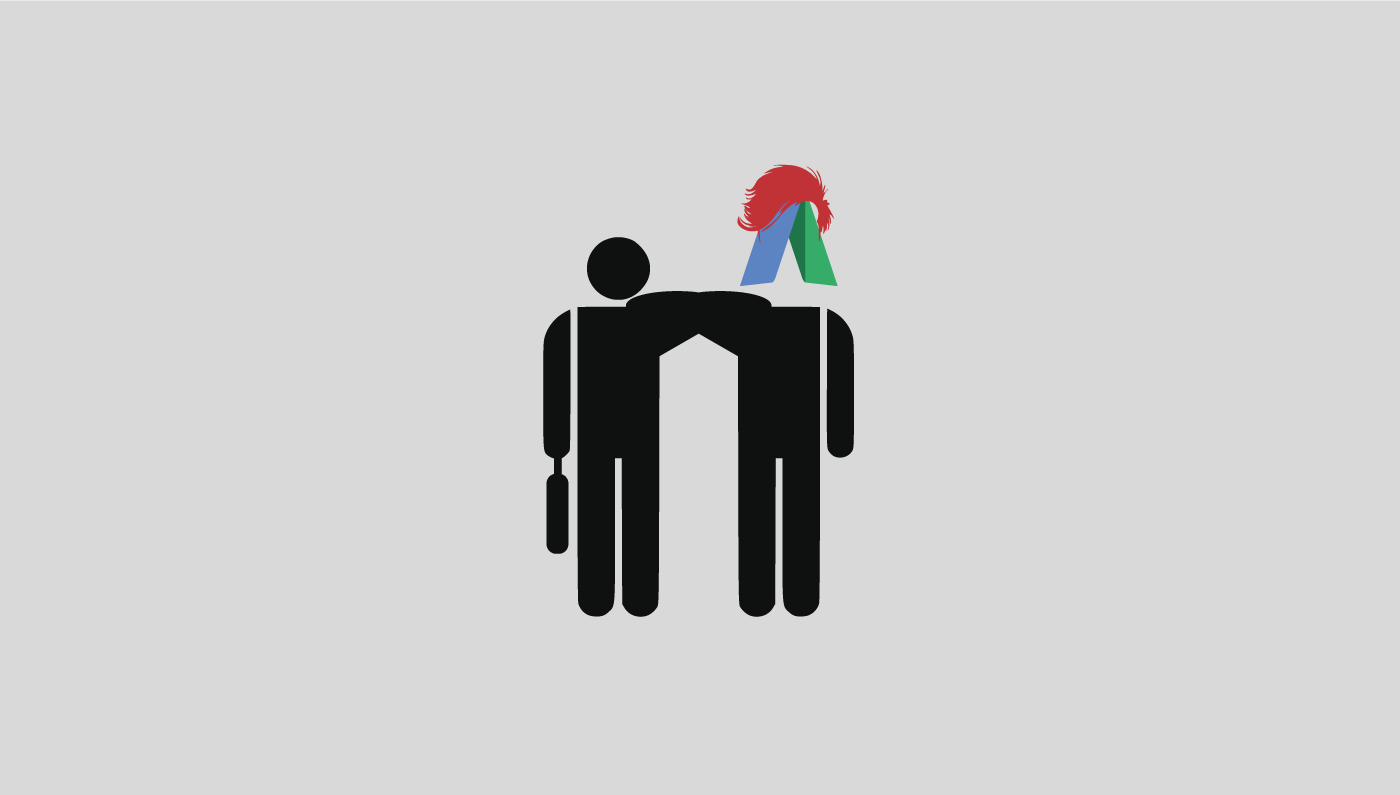Marketing creatives are always hoping to concoct the next Big Idea. The Big Idea wins awards, makes a career, and turns one’s paycheck into an obscene landscape of zeroes. The Big Idea is the most important thing to an industry creative. So let us take a moment to praise the least important thing to an industry creative—Google AdWords. Because pariahs need love, too.
For those who are unfamiliar with AdWords ads, here are the basics:
- They are pay-per-click advertisements that appear in Google searches
- Unless targeting certain countries in Eastern Europe or Asia, the ads consist of 130 characters (including spaces and a URL)
- If written well and deployed correctly, they can cheaply drive huge amounts of online traffic
- No creative likes them
Point four is a bit of a misnomer. Liked or disliked are unfair designations, as they indicate some sort of an emotional response. AdWords ads don’t rise to that level. A more appropriate word would be indifference. That said, there are many reasons why they are worthy of a creative’s—namely, a writer’s—love.
Solitude and Instant Gratification:
AdWords campaigns are often solitary creative ventures because there’s no art director to involve or creative of consequence (ECD and above) to please. In fact, AdWords ads are so incredibly unsexy, even the most micromanaging of higher-ups won’t bother to weigh in with their formidable insights; and their state of remove bestows upon lowly writers a beautiful gift that so many cherish yet never receive—the opportunity to be left alone to write and see their creative output immediately deployed. Joy of joys.
Certainty:
Subjectivity is inherent to the decision-making process in a creative industry, as it should be. But the byproduct of subjectivity at the top is uncertainty at the bottom. For the typical sensitive and humble writer of ads, too much uncertainty begets doubt, which begets fear, which begets a loss of perspective; and suddenly you’re popping every dose of your morning Zoloft with a shot of whiskey and a MiraLAX chaser. Thankfully, the quality or lack thereof of an AdWords campaign is quantifiable: one need only look at the data to know what’s good and what’s bad, and adjust accordingly. It’s soothing balm for those bruised from the pressures of trying to satisfy the whims of all-powerful creative muckety-mucks.
Control:
Creation is chaotic, and there are two types of responses to it: roll with it or rule it. The neurotics who favor the latter response often control chaos by imposing rules to establish structure. With AdWords ads, structure is engrained: each ad consists of four lines with 130 total available characters (twenty-five characters for the first line and thirty-five characters for each of the remaining three lines). Deviation is not allowed. Therefore, each ad becomes a tiny verbal puzzle that must be solved as it’s created. Google AdWords is an example of creative freedom controlled, or even dominated, by format. Writers who appreciate being dominated will find AdWords a religious experience.
Purity of language:
In an era when people express themselves using acronyms, clever misspellings, and—Christ forgive us—emojis, it’s a revelation that Google AdWords doesn’t allow any of that insanity. One is restricted to using plain, boring, properly written language that even people over the age of twenty-five can understand. (Could I sound any more like the old man who keeps the kids’ ball after they accidentally kick it into his yard?)
Even the most well-written AdWords campaign won’t earn accolades or boost a career, but an AdWords assignment does have its charms. And if none of the above is convincing, at least keep this in mind: because their purpose is so naked and devoid of artifice, AdWords ads retain a modest amount of moral purity; and for an industry whose stock-in-trade is emotional manipulation, we can use all the moral purity we can get.


